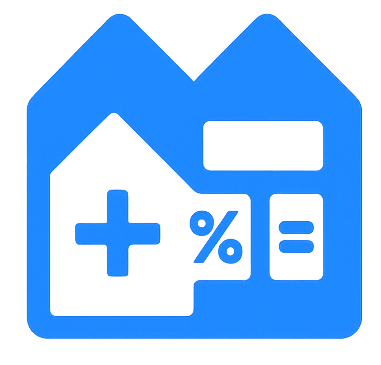Mortgage pre-approval is the green light that tells sellers and agents you are a committed buyer with financing locked in. Use this checklist to stay organized, avoid lender delays, and build a financing story that strengthens your offer.
Key takeaways
- Confirm your credit scores, income streams, assets, and liabilities before the lender asks.
- Document two years of employment history, 60 days of asset accounts, and proof of any large deposits.
- Use a mortgage calculator to show you can comfortably absorb taxes, insurance, and PMI for the price range you target.
Verify your borrower profile
Start by reviewing the three credit bureaus for errors and outstanding disputes. Order reports directly from AnnualCreditReport.com and highlight anything that could slow underwriting.
Gather a written explanation for any credit hiccups in the past 24 months, such as late payments, forbearance, or disputes. Lenders appreciate proactive context because it shortens underwriting review time.
- Aim for credit scores of 620+ for conventional loans or 580+ for FHA approval.
- List all monthly debts, including student loans, auto loans, and subscriptions that report to credit bureaus.
Assemble income and employment proof
Traditional W-2 earners should provide the most recent 30 days of pay stubs plus W-2 forms from the last two calendar years.
Self-employed buyers and contractors should collect two years of federal tax returns, year-to-date profit and loss statements, and business bank statements.
- Include written verification for bonuses, commissions, or overtime that you expect to continue.
- Prepare an employment verification contact who can confirm start dates and compensation quickly.
Document assets and source every dollar
Lenders review 60 days of asset statements for checking, savings, CDs, retirement accounts, and brokerage holdings. Save PDFs directly from your bank to preserve formatting.
Flag large, unusual deposits ahead of time. Provide a paper trail for gift funds, bonus payouts, or asset sales so underwriting can verify they are legitimate and not new debt.
- Highlight reserves that cover at least two mortgage payments to strengthen your file.
- If using gift funds, prepare the donor letter, proof of transfer, and the donor statement showing capacity.
Align budget ranges with underwriting formulas
Use the mortgage calculator on our homepage to model monthly payments for a range of purchase prices. Toggle taxes, insurance, HOA dues, and PMI so you know how high your debt-to-income ratio can go.
Document the calculation results in a quick spreadsheet. Bringing lender-ready numbers signals you are a serious buyer who understands payment boundaries.
Action steps to take next
- Label each document with the section lender portals ask for so you can upload in minutes.
- Schedule hard credit pulls within a 14-day window to minimize scoring impact.
- Recalculate affordability whenever rates swing 0.25% or more during your home search.
Mortgage questions answered
Can I get pre-approved if I changed jobs recently?
Yes. Provide offer letters, your first pay stub, and a letter explaining the transition. Staying in the same industry usually satisfies underwriting.
How long is a pre-approval letter valid?
Most lenders honor a pre-approval for 60 to 90 days. Update pay stubs and bank statements to refresh the decision if you are still shopping for a home.
